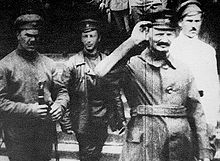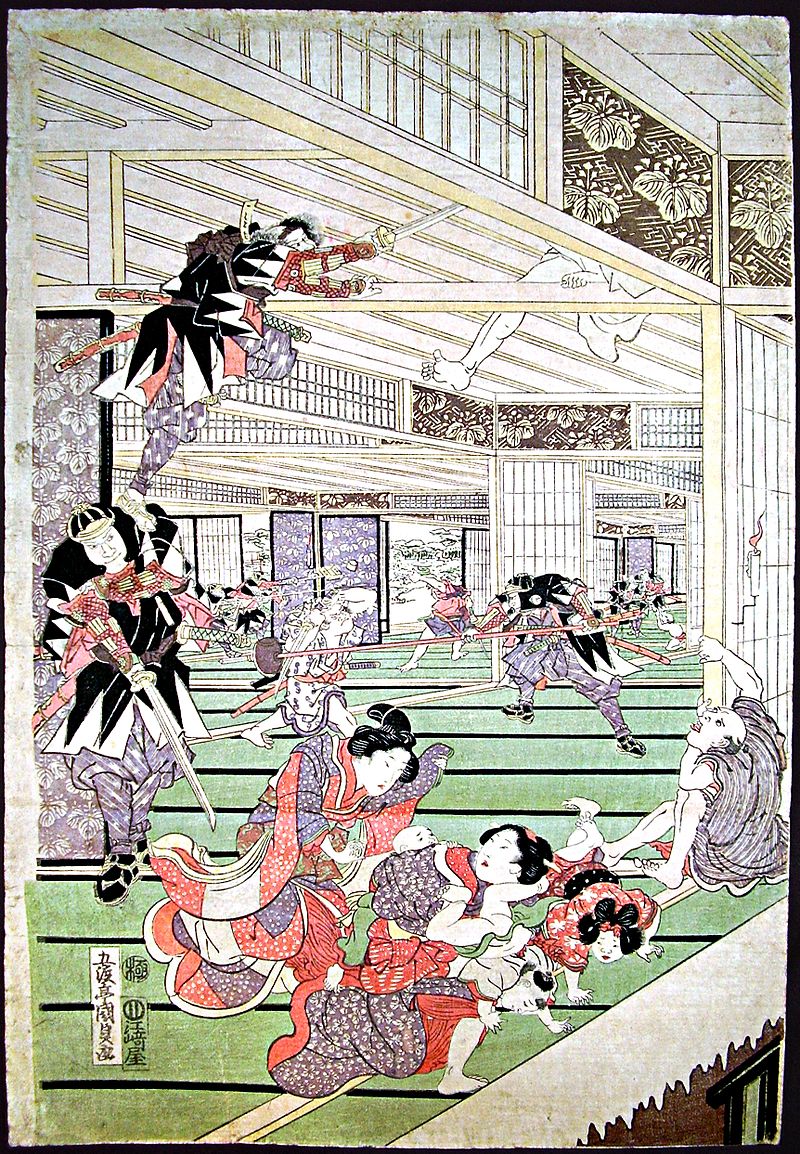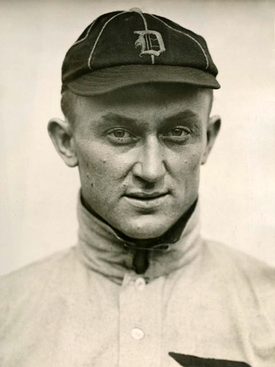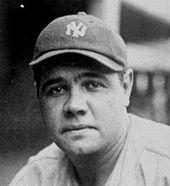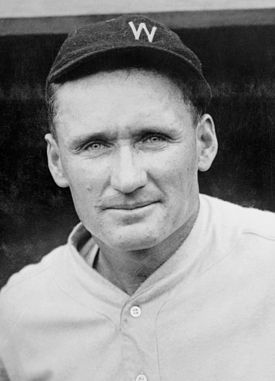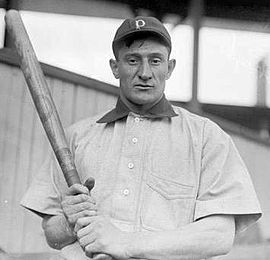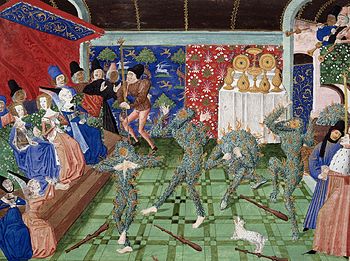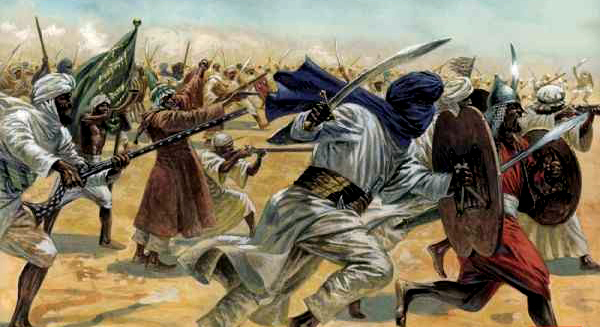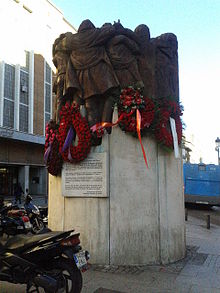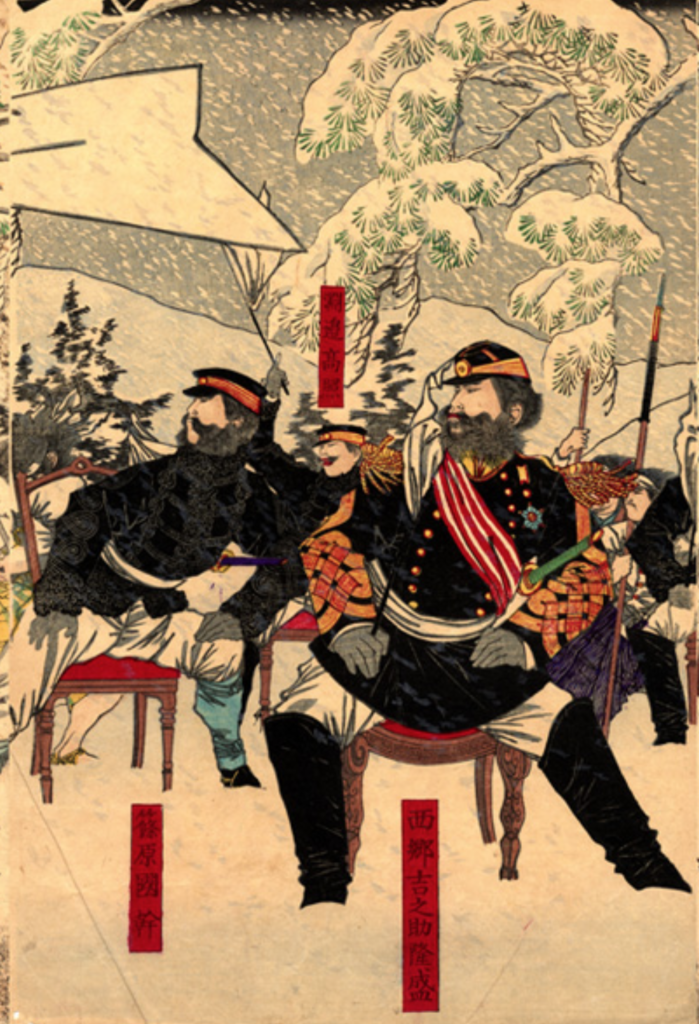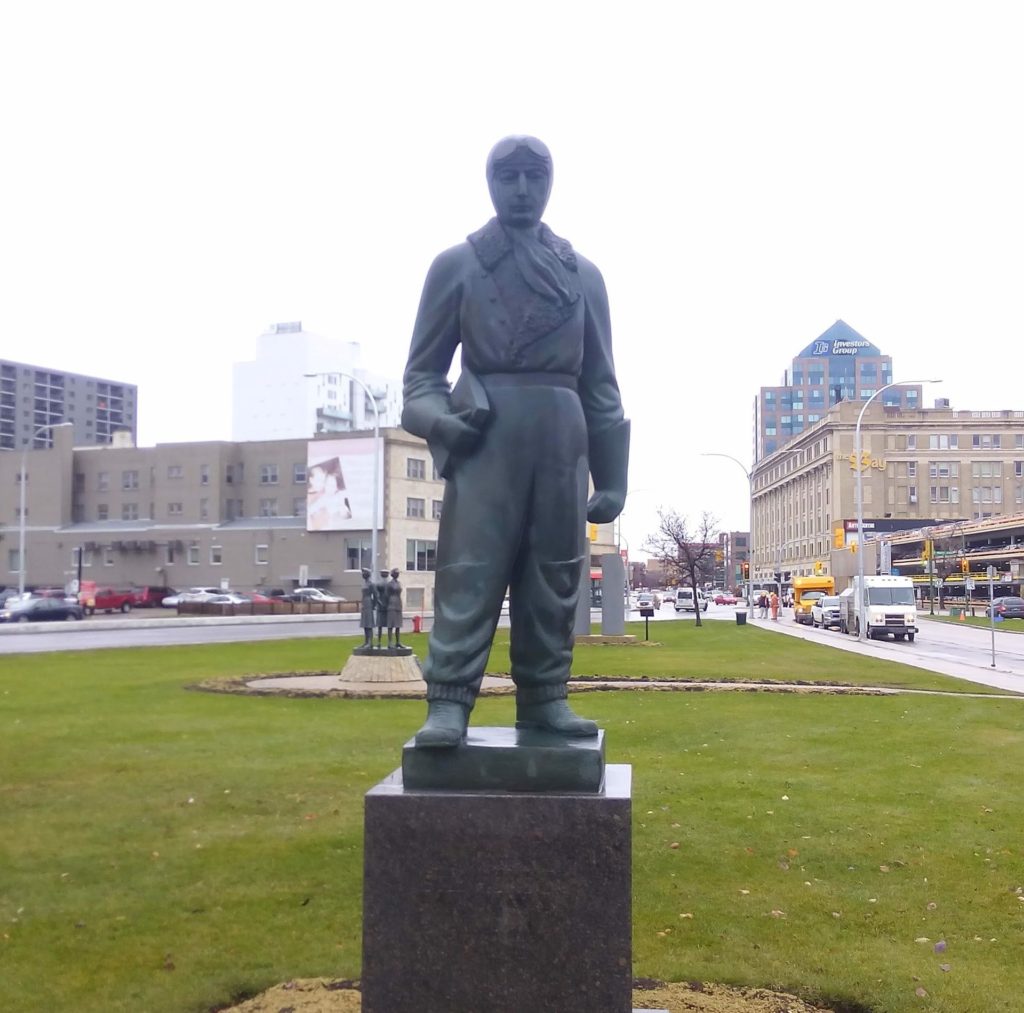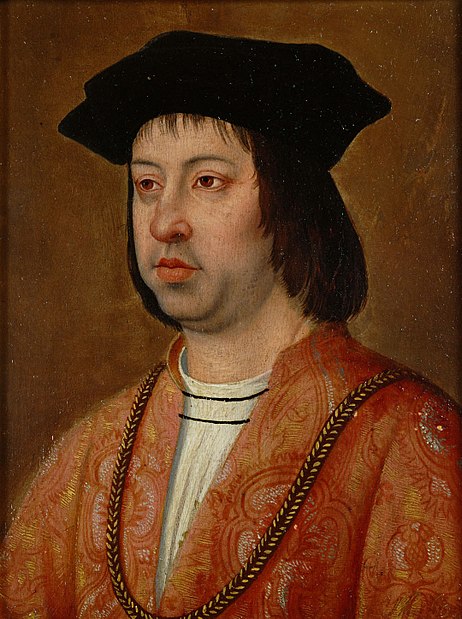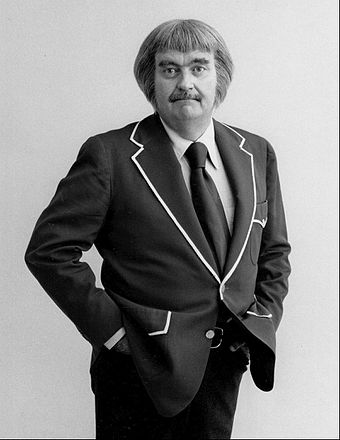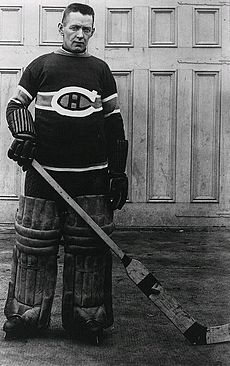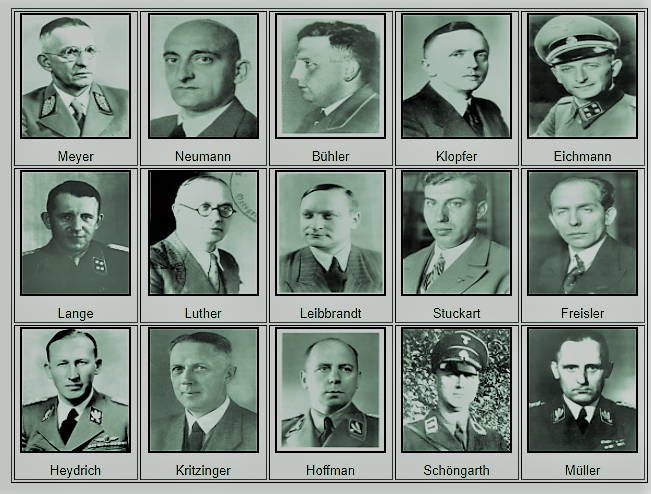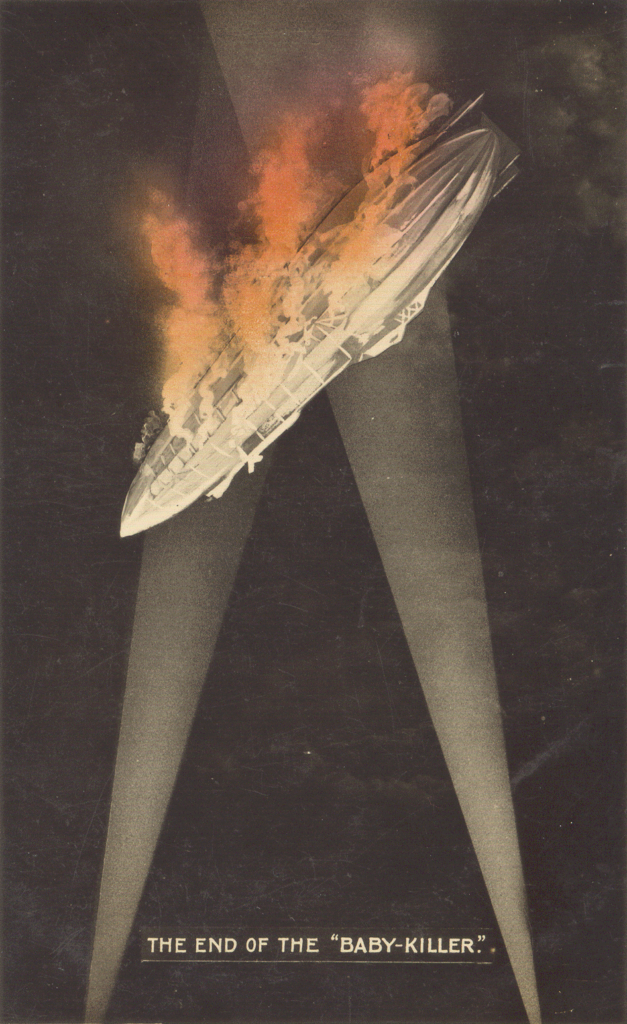1929 Leon Trotsky is expelled from the Soviet Union
Lev Davidovich Bronstein (1879-1940), better known to the world by the name he borrowed from one of his prison guards, “Leon Trotsky”, was a highly-influential thinker and activist during the Russian Revolution.
Trotsky became a Marxist and involved in radical politics in his late teens. He spent years in political prisons and was exiled to Siberia where he became convinced that revolution was necessary in the Russian Empire. He escaped from Siberia in 1902 and moved to London where he joined himself to the Russian Communist Party whose leadership had gone either underground or into exile. Trotsky sided with the Menshevik minority against V.I. Lenin’s Bolsheviks who wanted a small conspiratorial party to guide the workers into rebellion.
Trotsky returned home to play a large role in the unsuccessful 1905 Revolution and helped form the first “soviets” but he was arrested and sentenced again to Siberian imprisonment. Again, he escaped and again fled to England and then to Austria where he edited the Pravda newspaper.
When World War I broke out, Trotsky was forced into a series of moves, from France, to Spain, to the U.S., to a prison camp in Canada, and finally back to Russia in 1917 where he found that the Romanov dynasty had been overthrown and a provisional democratic government was in power. He joined with Lenin and the Bolsheviks in bringing down that democracy; in the Civil War which followed he achieved fame and party prominence by forming the Red Army and achieving a victory that resulted in the formation of the Union of Soviet Socialist Republics. He was an architect of the Red Terror and its wartime atrocities.
Trotsky’s rapid rise made him enemies in high places. After the death of Lenin, he was constantly outmaneuvered in party politics by Joseph Stalin who was more concerned with building “Socialism in One Country” than Trotsky’s insistence that the Communist revolution had to be spread internationally. In 1929 Trotsky was expelled to Turkey. He would live out the rest of his life in exile, fulminating against Stalinism and forming a Trotskyist opposition movement. Stalin would systematically murder his family and supporters inside the USSR and send hit squads out to assassinate him. One finally succeeded: in 1940 Trotsky was murdered in his Mexican refuge.
